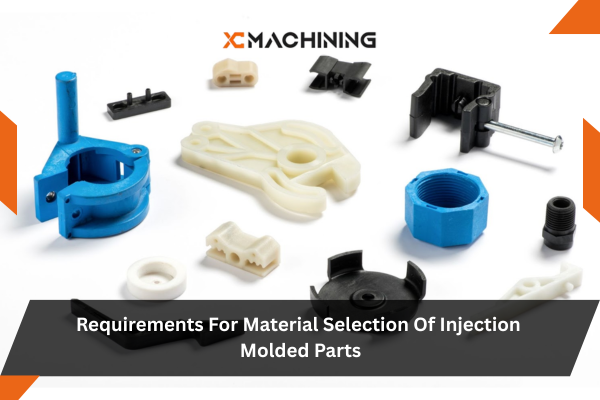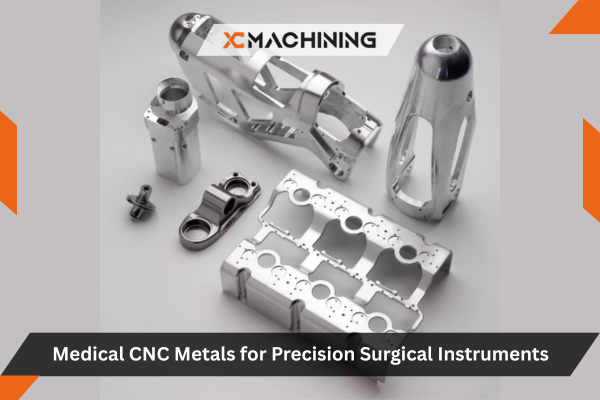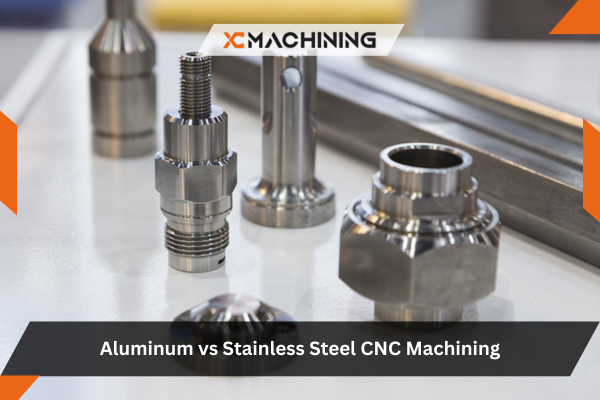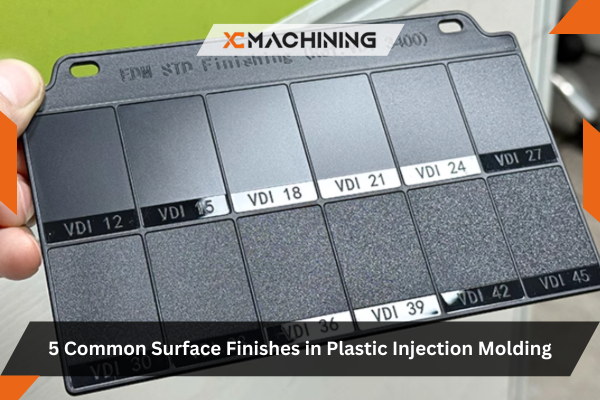Die Auswahl der Werkstoffe für die Konstruktion und Herstellung von Spritzgussteilen ist von entscheidender Bedeutung für den Herstellungsprozess, die Lebensdauer, die Qualität der Kunststoffverarbeitung und die Verarbeitungskosten.
Inländische und ausländische Wissenschaftler haben neue Arten von Formenstahl mit hervorragender Verwendbarkeit und Verarbeitungsleistung sowie geringer Wärmebehandlungsverformung entwickelt. Beispiele für solche Metalle sind vorvergüteter Stahl, neuer vergüteter Stahl und martensitisch gealterter Stahl.
Darüber hinaus haben Studien und technische Verfahren zur Oberflächenverfestigung von Spritzgussteilen beeindruckende Ergebnisse erbracht; die Forschungs- und Entwicklungsarbeiten gehen zügig weiter und die Ergebnisse werden weiterhin mit Begeisterung gefördert.
Innovative Strategien für die Materialauswahl bei Spritzgussteilen
Die Arbeitsbedingungen von Kunststoff-Spritzgussteilen müssen im Allgemeinen bei 150-200 ℃ liegen, was nicht nur durch einen bestimmten Druck, sondern auch durch die Temperatur beeinflusst wird. Basierend auf den unterschiedlichen Einsatzbedingungen und Verarbeitungsmethoden von Kunststoff-Spritzgussformen, die grundlegenden Leistungsanforderungen für Stahl in Kunststoff-Formen verwendet werden, sind grob wie folgt zusammengefasst:
Ausreichende Oberflächenhärte und Verschleißfestigkeit
Kunststoffformen weisen in der Regel eine Härte zwischen 50-60 HRC auf. Wärmebehandelt Acryl-Spritzgießen müssen eine ausreichende Oberflächenhärte aufweisen, um eine angemessene Steifigkeit während des Betriebs zu gewährleisten; andernfalls sind sie erheblichen Druckspannungen und Reibungen ausgesetzt, die durch das Füllen und Fließen von Kunststoffen verursacht werden. Die Genauigkeit in Bezug auf Form und Abmessung wird durch die chemische Zusammensetzung und die Wärmebehandlungshärte des Stahlmaterials bestimmt, um eine lange Lebensdauer und Verschleißfestigkeit zu gewährleisten. Eine Erhöhung der Härte könnte sich daher als vorteilhaft für die Verschleißfestigkeit erweisen.
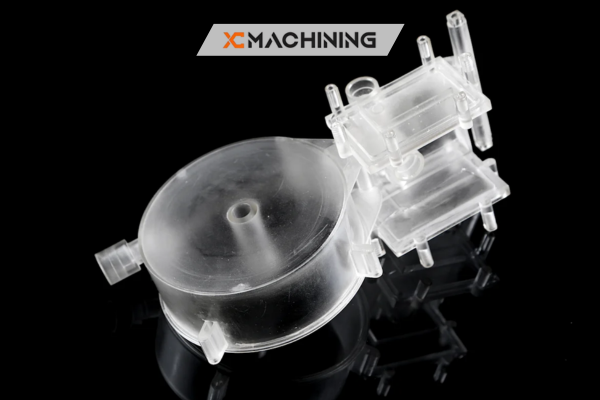
Gute Bearbeitungsleistung
Wählen Sie Stahlsorten, die sich leicht schneiden lassen und nach der Bearbeitung hochpräzise Spritzgussteile ergeben. Aus diesem Grund werden am häufigsten Stähle mit mittlerem Kohlenstoffgehalt und legierte Stähle mit mittlerem Kohlenstoffgehalt verwendet, was besonders für große Formen wichtig ist. Bei Teilen, die durch Funkenerosion bearbeitet werden müssen, ist es außerdem erforderlich, dass die Brennhärteschicht der Stahlsorte relativ dünn ist.
Ausgezeichnete Polierleistung
High quality plastic products require a small roughness value on the surface of the mold cavity. Therefore, the working surface of injection molded parts often needs to be polished to a mirror finish, with Ra ≤ 0.05 μ m. It is advisable to require a steel hardness of 35-40 HRC, as a hard surface can make polishing difficult. For this reason, the selected steel requires minimal impurities, uniform and dense microstructure, no fiber directionality, and no pitting or orange peel like defects during polishing.
Gute thermische Stabilität
Formhohlräume sind nicht nur der Hochdruck-Kunststoffschmelze ausgesetzt, sondern auch der thermischen Belastung durch schwankende kalte und heiße Temperaturen. Hochkohlenstoffhaltiger legierter Stahl kann durch Wärmebehandlung eine gewisse Härte erreichen, neigt aber aufgrund seiner geringen Zähigkeit häufig zu Oberflächenrissen. Eine geeignete Stahlsorte sollte Folgendes ermöglichen Spritzgießformen um den Polier- und Reparaturbedarf im Laufe der Zeit zu verringern und gleichzeitig ihre Maßgenauigkeit für eine längere Lebensdauer in der Massenproduktion zu erhalten.
Gute Verschleißfestigkeit und Ermüdungsfestigkeit
Die Kavität der Spritzgussform wird nicht nur durch Hochdruck erodiert Kunststoff-Spritzguss
schmelzen, sondern auch Temperaturspannungen ausgesetzt sein, die durch den Wechsel von kalten und heißen Temperaturen verursacht werden. Im Allgemeinen kann legierter Stahl mit hohem Kohlenstoffgehalt durch Wärmebehandlung eine hohe Härte erreichen, aber seine Zähigkeit ist gering und er ist anfällig für Oberflächenrisse, was ihn für die Verwendung ungeeignet macht. Die gewählte Stahlsorte sollte es dem Spritzgießwerkzeug ermöglichen, die Anzahl der Polier- und Spritzgussreparaturen zu verringern, die Maßhaltigkeit des Hohlraums lange Zeit beizubehalten und die Lebensdauer der Massenproduktion zu erreichen.
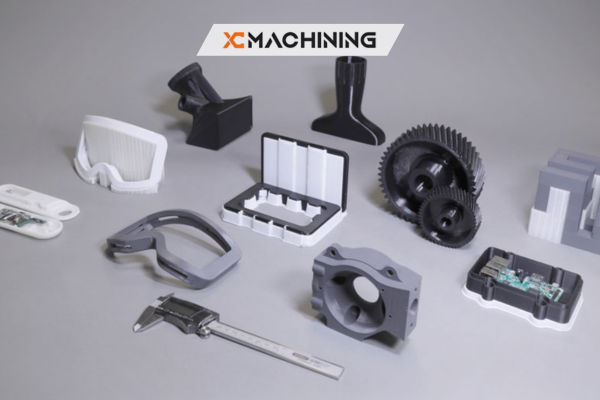
Korrosionsbeständigkeit
Bei einigen Kunststoff-Spritzgussteilen, wie z. B. Polyvinylchlorid und flammhemmenden Kunststoffen, ist es notwendig, die Auswahl Stahlsorten mit Korrosionsbeständigkeit.
Außerdem muss bei der Auswahl der Materialien auch auf die Vermeidung von Kratzern und Verklebungen geachtet werden. Bei einer Relativbewegung zwischen den beiden Oberflächen ist die Auswahl von Werkstoffen mit derselben Mikrostruktur zu vermeiden. Unter besonderen Umständen kann eine Seite beschichtet oder nitriert werden, damit die beiden Seiten unterschiedliche Oberflächenstrukturen aufweisen.

